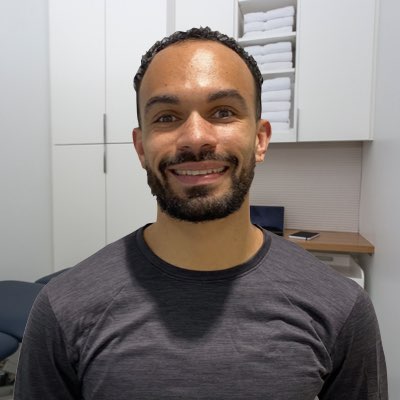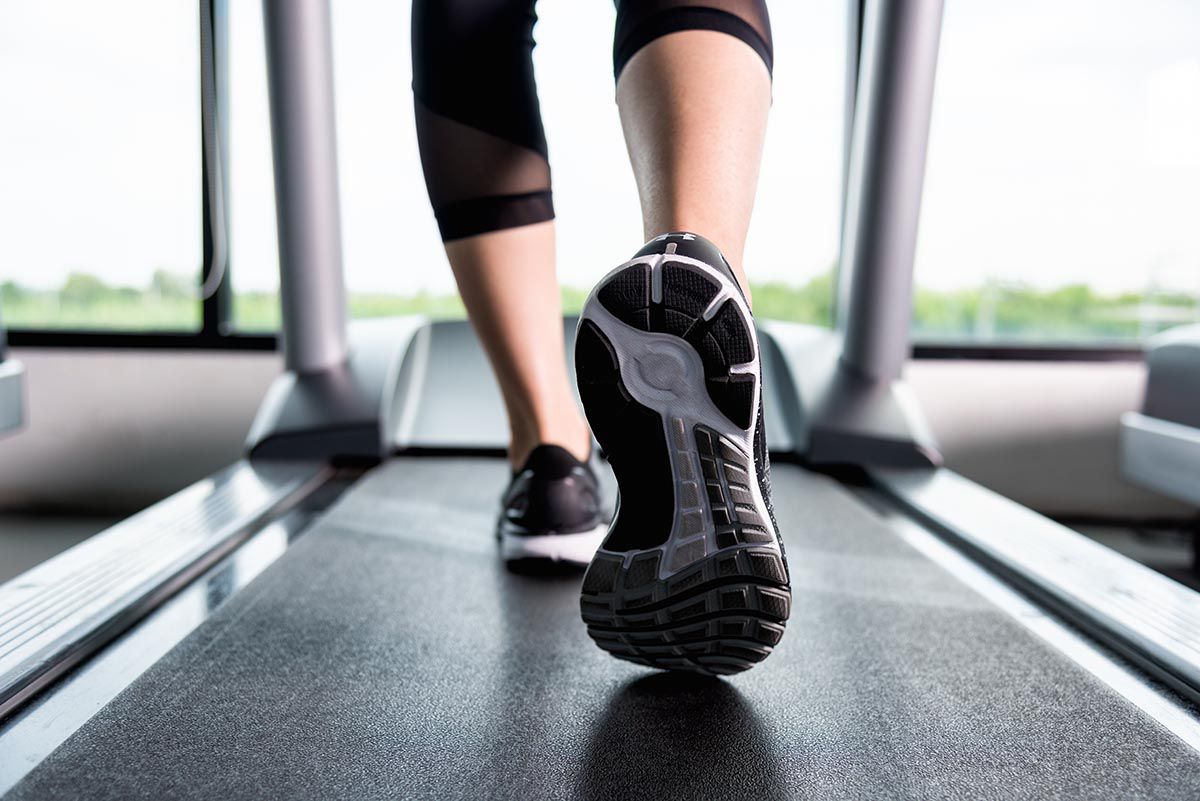How did I get tennis elbow? I don’t even play tennis!
Despite its name, tennis elbow is not a condition exclusive to tennis players. It’s a common ailment that can affect anyone who frequently uses their arm, forearm, and hand muscles, leading to elbow discomfort. This overuse can stem from a wide range of activities, not just tennis. It’s often observed in everyday people who engage in activities such as cooking, working out, or any profession that involves repetitive arm movements or gripping, such as artists, plumbers, massage therapists, and carpenters.
Tennis elbow typically arises where the forearm muscles attach to the bony bump on the elbow’s exterior. This is due to the strain caused by repetitive motions, which can lead to minor tears in the tendons that connect the forearm muscles to the bone at the elbow joint. Whether you’re an avid gym-goer, a home cook, or a professional requiring repetitive arm movements, tennis elbow can be a frustrating condition to deal with.
At Release PT, we offer a variety of treatment techniques for tennis elbow, including physical therapy, dry needling, deep tissue mobilization, instrument assisted soft tissue mobilization, summus laser, and shockwave therapy. We also incorporate exercise as a form of treatment. Some of the exercises we recommend include wrist extension eccentrics, weighted supination, 90/90 farmers carry, and wrist roll ups. All these exercises are demonstrated in the attached reel.
Summus laser is a non-invasive procedure that uses specific wavelengths of light (red and near-infrared) to stimulate healing and reduce pain and inflammation. The laser light penetrates deep into the tissue, triggering cellular activity that promotes healing and reduces inflammation. This can lead to a significant reduction in pain and an increase in function for those suffering from tennis elbow.
Shockwave therapy is another non-invasive procedure that uses pressure waves to treat various musculoskeletal conditions. High-energy acoustic waves (shock waves) deliver a mechanical force to the body’s tissues, which can help relieve pain, promote healing, and improve your range of motion.
Our therapists will conduct a comprehensive examination to determine the root cause of your tennis elbow. We understand that the forearm muscles may be overworked due to a limitation elsewhere in the body, such as the shoulder or thoracic spine. By addressing these underlying issues, we can help prevent the recurrence of tennis elbow and help you return to your regular activities, whether that’s playing tennis, painting, plumbing, or simply opening a door without pain.
At Release PT, we are committed to helping you overcome tennis elbow and reclaim your active lifestyle. Don’t let elbow pain hold you back – reach out to us today to start your journey to recovery.
RELATED POSTS
5 Essential Stretches for Runners
Stretching for runners helps to prevent injuries, improve flexibility, and increase range of motion... but not all stretches are created equal. Learn the best stretches for running, when and how often to stretch.
What is the best surface to run on?
What kind of surface is best to run on to decrease the risk of injury? Learn the pros and cons of different running surfaces. Plus - how a video running analysis can up your running game this season.
Form First: Factors of Running Gait
There can be a lot to pay attention to when it comes to our movement patterns, particularly with running. The following five factors are critical to ensuring proper form.
Form First: Running Gait Evaluation Tools
Our bodies can develop functional movement patterns that aren't always the most efficient or safest for us over time. Try these tools and methods to evaluate and make adjustments to your gait.
Foot Strike: The Debate
When running, the foot can hit the ground in different areas: rearfoot, mid-foot, or forefoot. One heavily debated topic is rearfoot versus forefoot striking, and which (if either) is better for healthy running.
Finding the Right Running Shoe for You!
Let's talk running shoes! Of course, there are many types available for different feet, terrain, distance, etc. We will compare the two most common and differing shoe designs.

Trever Reed PT, DPT, CMTPT, OCS, COMT
Dr. Trever Reed is a well rounded physical therapist who believes in helping patients reach their goals. Dr. Reed believes in building a strong therapeutic alliance with his patients to help them participate in the activities that they enjoy. Dr. Reed received his Doctorate of Physical Therapy from Misericordia University and obtained a Bachelor’s degree in Business Administration with a Healthcare Management specialization from Misericordia University. He completed a physical therapy orthopedic residency and went on to become a board certified orthopedic specialist. Additionally, he obtained a certified orthopedic manual therapist (COMT) certification. He is currently working towards his Dry Needling certification and is excited to continue to grow his skill set to help his patients as best as possible. Dr. Reed previously worked in a busy outpatient orthopedic setting where he was a staff physical therapist and then a clinic director.
Outside of the clinic, Trever is an avid runner and runs for the Georgetown running club (GRC). He is also a big basketball fan and can be frequently found at Washington Wizards games.







